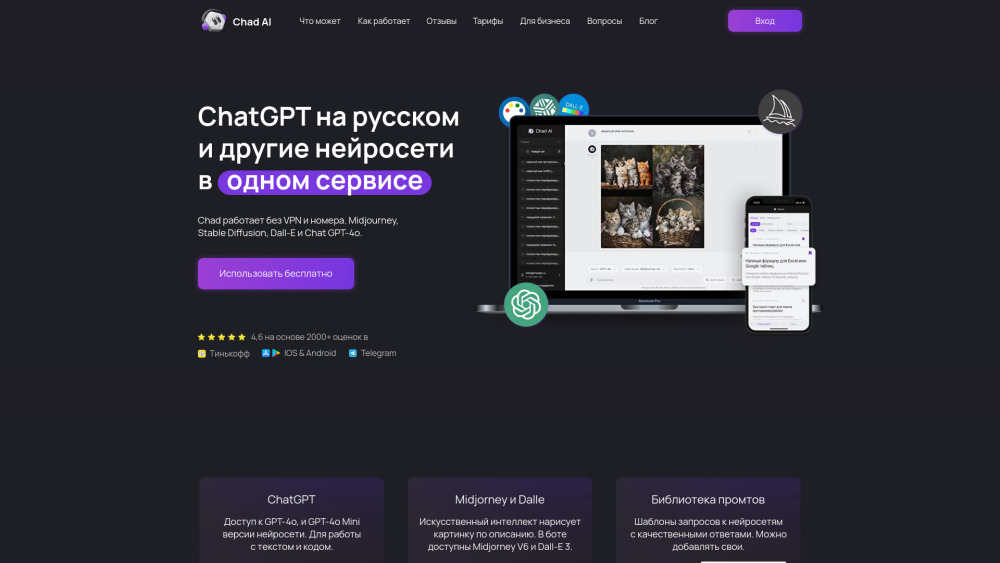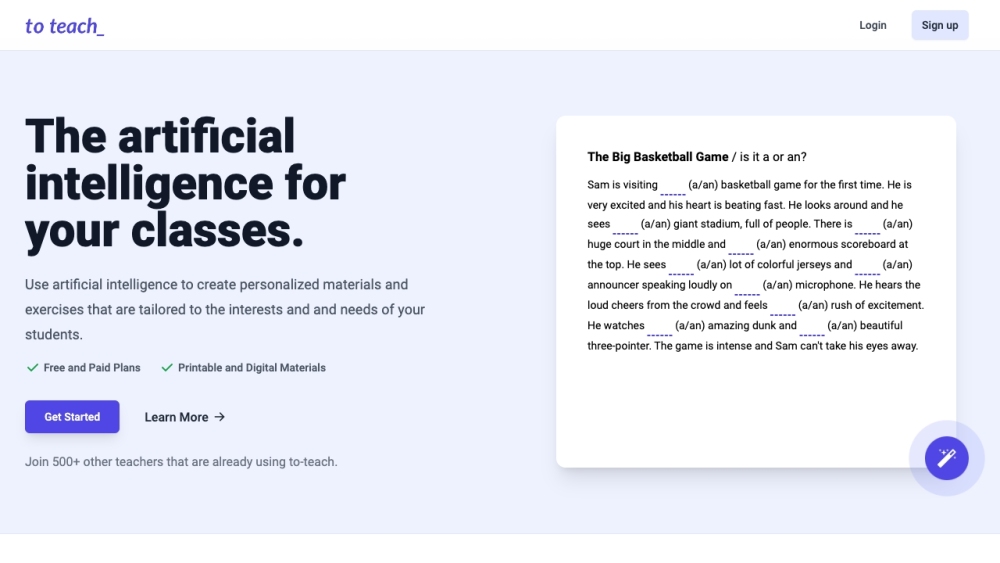Following the recent announcement of Writer’s new features, CEO May Habib took the stage at VB Transform to provide insights into the latest updates and the challenges associated with adopting generative AI in enterprises. The AI platform introduced significant enhancements to its chat applications, including advanced graph-based retrieval-augmented generation (RAG) and new tools designed for AI transparency.
Set to launch tomorrow, Writer’s upgrades represent a major advancement in data processing capabilities. The updated chat applications can now analyze up to 10 million words of company-specific content, benefiting both users of the “Ask Writer” application and developers utilizing the AI Studio platform for tailored solutions.
During her presentation, Habib shared an honest assessment of the current state of enterprise AI. “Many executive teams were excited to discuss AI initiatives with their boards 18 months ago, but now they dread those 15 minutes due to a lack of progress,” she noted. Habib aims to bridge the gap between AI’s potential and its real-world implementation in businesses.
Habib identified three primary obstacles to enterprise AI success: low accuracy, inefficiency, and poor adoption rates. A survey of 500 AI executives revealed that only 17% rated their AI applications as “good or better,” indicating that over 80% of enterprise AI efforts fall short of expectations.
To address these challenges, Writer has developed what Habib refers to as “full stack generative AI.” Central to this framework is the company’s graph-based RAG technology, which maps semantic relationships between data points for more precise information retrieval. “Graph-based RAG is an impressive improvement over traditional methods, and in the context of a composite AI system, it truly shines,” Habib explained.
Habib demonstrated Writer’s new capabilities using a hospitality customer’s dataset to create personalized messages. She showcased how the platform’s graph-based RAG system interprets complex queries, breaking them down and providing clear reasoning for its outputs. Habib emphasized that Writer empowers non-technical staff to effectively engage with AI, focusing on enhancing accuracy, efficiency, and adoption in real-world applications.
Another significant feature in Writer’s update is the new “thought process” tool, which offers transparency into AI decision-making. Deanna Dong, product marketing lead at Writer, elaborated, “We’re illustrating the steps taken by the AI, breaking down broad or vague questions into sub-questions that the AI assumes are being asked.”
Additionally, Writer has introduced specialized “modes” for different tasks, designed to streamline user experience and enhance output quality. This feature aims to mitigate the challenges users often encounter when prompting AI systems effectively.
Habib also addressed the broader implications of these innovations for enterprise AI adoption. She shared a striking statistic about Microsoft’s Copilot: “If 50% of employees use it once a week to summarize an email, you’re in the top decile of Microsoft Copilot adoption.” This low adoption rate highlights the pressing need for more user-friendly AI tools in enterprise environments.




